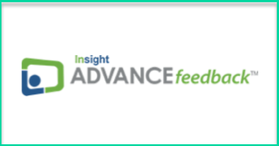.jpg)
The computer is one of the wonders of human ingenuity. The
computer can be a tutor in effect relieving the teacher of many activities in
his/her person role as classroom tutor. But that doesn’t mean that teacher is
no longer useful because we have the computer now. The teacher here will be the
one to manipulate the computer not the computer manipulate the teacher.
Computer is very
helpful to me since I don’t know some information and I was being curios about
something. And all I have to do is to just type my question and click the
search button and every related
information with I have ask where there and give me some possible answer and
all I have to do is to read it and then that’s it.
Computer-assisted instruction (CAI)
The
computer can be a tutor in effect relieving teacher of many activities in his
personal role as classroom tutor. It should be made clear, however, that the
computer cannot totally replace the teacher since the teacher shall continue to
play the major roles of information deliverer and learning environment
controller. Even with the available computer and CAI software, the teacher
must;
Insure that students
have the needed knowledge and skills for
any computer activity
· Decide the
appropriate learning objectives
· Plan the
sequential and structured activities to achieve objectives
· Evaluate the
students’ achievements by ways of tests the specific expected outcomes.
On the other hand, the student in CAI play their own roles
as learners as they;
· Receive
information
· Understand
instruction for the computer activity
· Retain/keep
in mind the information and rules for the computer activity
· Apply the
knowledge and rules during the process of computer learning.
During the computer activity proper in CAI the computer too
plays its roles as it:
· Act as a
sort of tutor (the role traditional played by the teacher)
· Provides a
learning environment
· Delivers
learning instruction
· Reinforces
learning through drill and practice
· Provides
feedback
.jpg)


.jpg)





